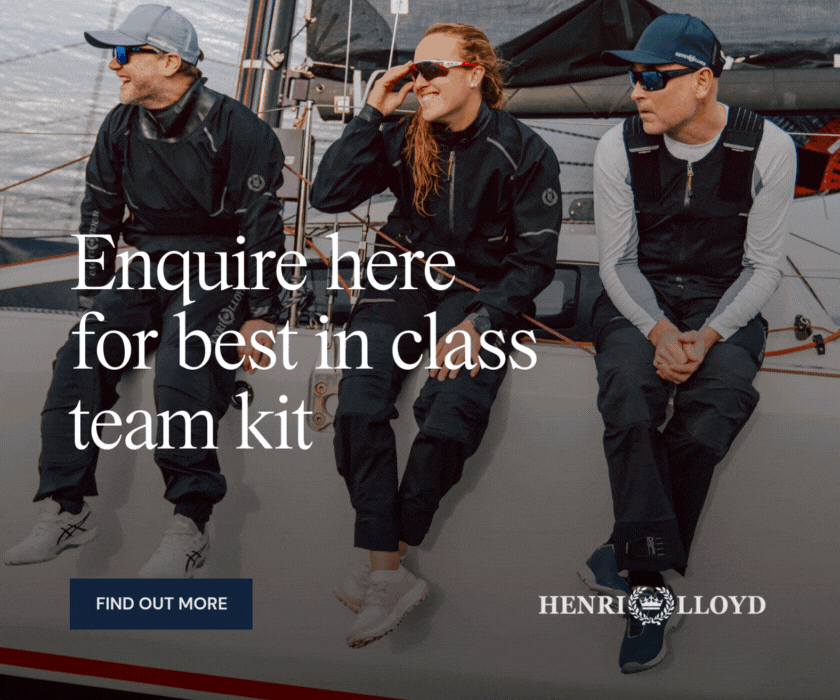
-(1)-202408140552.gif)


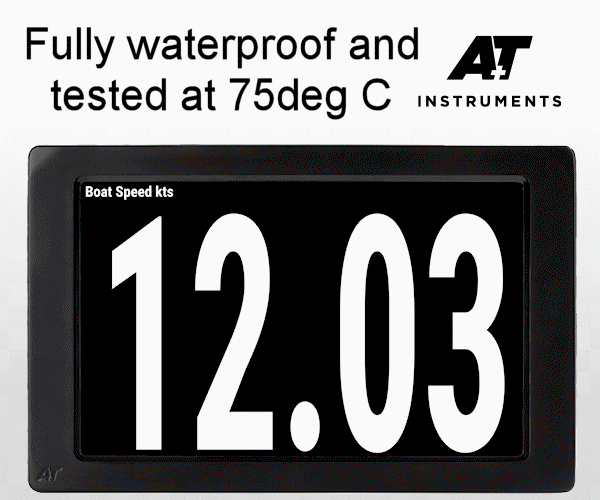

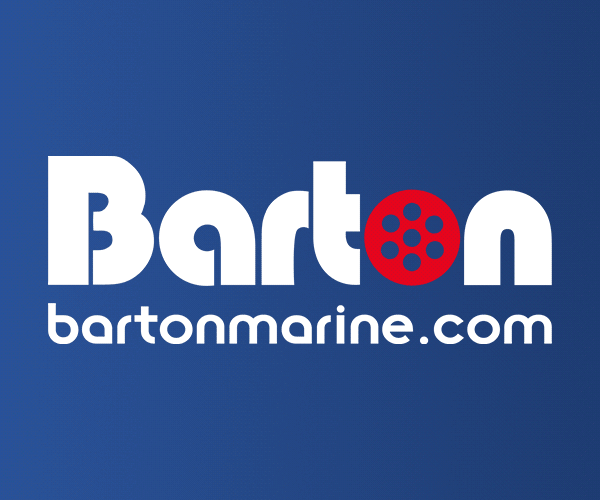
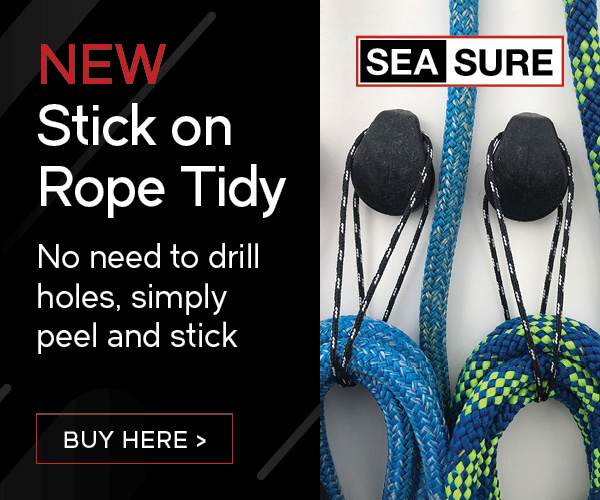
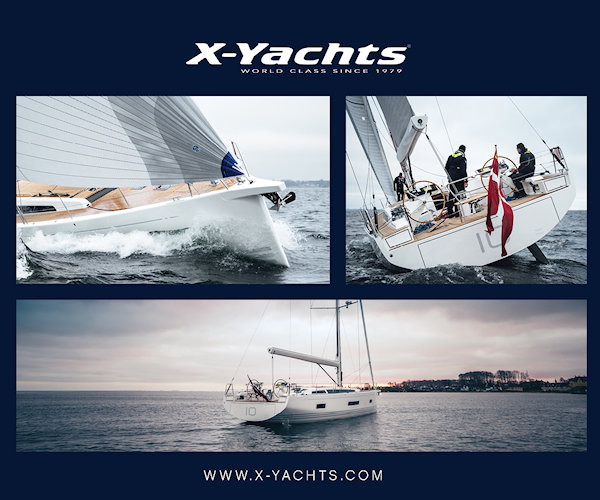
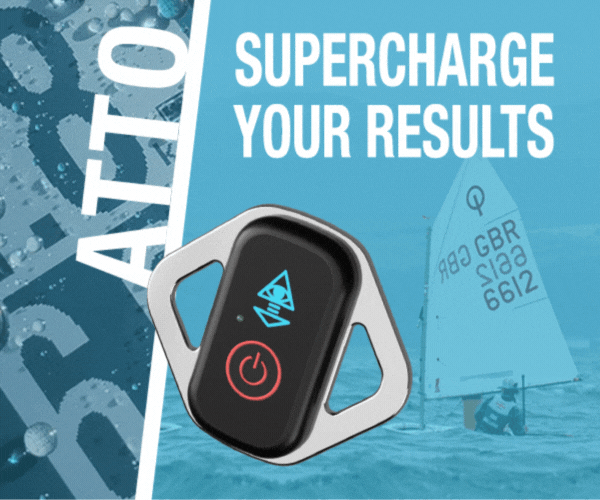

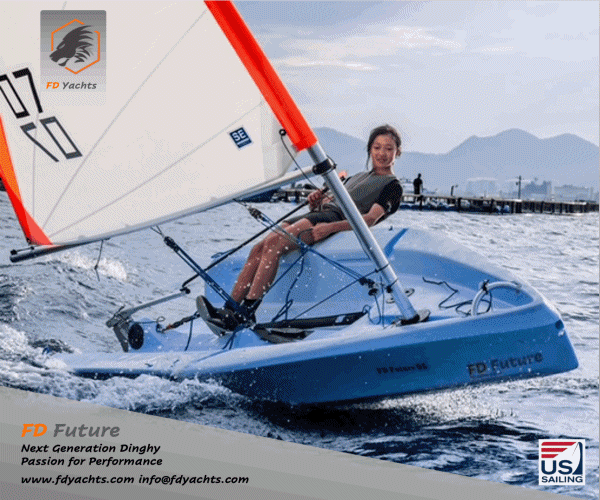
Boats for sale
| Bruce Roberts classic 45 Valencia, Spain |
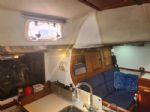 |
| Free mast for Merlin Rocket - has a bend! Guildford |
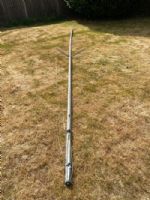 |
| Rossiter Pintail Mortagne sur Gironde, near Bordeaux |
 |
List classes of boat for sale |
V Twin |
Post Reply 
|
Page <1 4849505152 142> |
| Author | |
boatshed 
Far too distracted from work 
Joined: 12 Apr 05 Online Status: Offline Posts: 457 |
 Post Options Post Options
 Quote Quote  Reply Reply
 Topic: V Twin Topic: V TwinPosted: 26 Aug 11 at 7:42pm |
Yes, interesting. So, the mast must be sealed and it doesn't turtle. If it did turtle, could one person right it ? |
|
|
Steve
|
|
 |
|
simonrh 
Posting king 
Joined: 10 Jan 10 Location: United Kingdom Online Status: Offline Posts: 186 |
 Post Options Post Options
 Quote Quote  Reply Reply
 Posted: 26 Aug 11 at 9:21pm Posted: 26 Aug 11 at 9:21pm |
|
Mast is sealed but it does still turtle. It just makes a lovely sunbathing platform once inverted.
|
|
|
Vortex Asymmetric 1064
Dart 18 7118 Smartkat stunt sailor extraordinaire |
|
 |
|
maxibuddah 
Really should get out more 

Joined: 06 Mar 09 Location: United Kingdom Online Status: Offline Posts: 1760 |
 Post Options Post Options
 Quote Quote  Reply Reply
 Posted: 26 Aug 11 at 9:34pm Posted: 26 Aug 11 at 9:34pm |
|
GRF, if you look at that photo I was referring to about steering with the crews ear, I think you will find that it appears that the tiller extension is stuck in his ear...
Eyesight must be fading...blame it on the age. Boats looking good though
|
|
|
Everything I say is my opinion, honest
|
|
 |
|
G.R.F. 
Really should get out more 
Joined: 10 Aug 08 Location: United Kingdom Online Status: Offline Posts: 4028 |
 Post Options Post Options
 Quote Quote  Reply Reply
 Posted: 26 Aug 11 at 9:51pm Posted: 26 Aug 11 at 9:51pm |
|
Ah, yes then it was, bloody horrible long thing, I hated it, but they tell me I'll need it, something a bit of bamboo would do better imv.
As for turtle, it's got to go over in order to turtle and only a total imbecile could do that, unless it was due to some insane fiddling up the front whilst still sailing along. You keep forgetting, it's been designed exactly not to do all those things that happen to skiffs and cats, that's why it has a big volume upswept bow.
|
|
 |
|
alstorer 
Really should get out more 

Joined: 02 Aug 07 Location: Cambridge Online Status: Offline Posts: 2899 |
 Post Options Post Options
 Quote Quote  Reply Reply
 Posted: 26 Aug 11 at 11:32pm Posted: 26 Aug 11 at 11:32pm |
|
bamboo? unless they gave you a rubbish one, a decent carbon extension will be stiffer. Bamboo might be a bit lighter, but you don't want any flex in your tiller. There is only downside to a flexible tiller, no upside. Just get one that's the right length.
|
|
|
-_
Al |
|
 |
|
Andymac 
Really should get out more 
Joined: 04 Apr 07 Location: Derbyshire Online Status: Offline Posts: 852 |
 Post Options Post Options
 Quote Quote  Reply Reply
 Posted: 27 Aug 11 at 7:48am Posted: 27 Aug 11 at 7:48am |
Or think about a telescopic one. Long when you need it, short when you don't.
|
|
 |
|
Andymac 
Really should get out more 
Joined: 04 Apr 07 Location: Derbyshire Online Status: Offline Posts: 852 |
 Post Options Post Options
 Quote Quote  Reply Reply
 Posted: 27 Aug 11 at 7:50am Posted: 27 Aug 11 at 7:50am |
Just remind us, who is going to be driving it?
|
|
 |
|
rogerd 
Really should get out more 
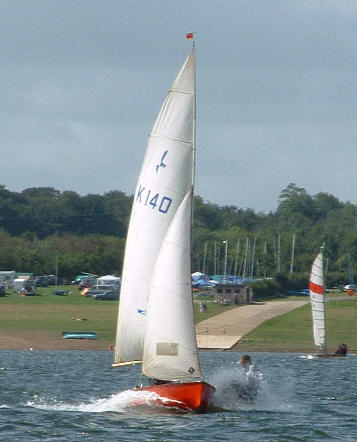
Joined: 25 May 04 Online Status: Offline Posts: 1076 |
 Post Options Post Options
 Quote Quote  Reply Reply
 Posted: 27 Aug 11 at 9:29am Posted: 27 Aug 11 at 9:29am |
Bamboo!!!! Am I reading this correctly? This coming form the man who would normally burn all things wooden.
Just putting something wooden on it wont make it a classic Graham.
|
|
 |
|
ham4sand 
Far too distracted from work 

Joined: 27 Jul 09 Location: United Kingdom Online Status: Offline Posts: 452 |
 Post Options Post Options
 Quote Quote  Reply Reply
 Posted: 27 Aug 11 at 1:24pm Posted: 27 Aug 11 at 1:24pm |
are you mental??? when you have that big f**k off kite up and get a little bit of weather heel, tiller loads up with lee helm, boom the telescoping mechanism collapses.......you may even capsize the v twin...not cool, happened to me on my old vago :/
oh and GRF, i wasnt the biggest believer in this thing actually working, but it looks pretty sweet, nice one!
finally, i found a kind of self tyrimming jib on the swift solo site yesterday, im going to look at modifying it for my cherub for some single-handed action, thought you might want to take a look too. its on page 19 of this pdf : http://www.single-handedskiffs.com/images/rigging_manual_volumn_1_June_1_2004.pdf
theres also a pretty nice mainsheet cleat design, and composite layup instuctions on page 29 of this one: http://www.single-handedskiffs.com/images/rigging_manual_volumn_2_June_1_2004.pdf
the whole sites a bit of a goldmine for ideas
|
|
|
John Hamilton
cherub 2645 - cheese before bedtime cherub 3209 - anatidaephobia laser 176847 - kiss this |
|
 |
|
boatshed 
Far too distracted from work 
Joined: 12 Apr 05 Online Status: Offline Posts: 457 |
 Post Options Post Options
 Quote Quote  Reply Reply
 Posted: 27 Aug 11 at 3:54pm Posted: 27 Aug 11 at 3:54pm |
And...... can you, on your own, right the boat from turtle ??? Or do you have a lie down waiting for the rescue boat ? |
|
|
Steve
|
|
 |
|
Post Reply 
|
Page <1 4849505152 142> |
| Forum Jump | Forum Permissions  You cannot post new topics in this forum You cannot reply to topics in this forum You cannot delete your posts in this forum You cannot edit your posts in this forum You cannot create polls in this forum You cannot vote in polls in this forum |
Bulletin Board Software by Web Wiz Forums® version 9.665y
Copyright ©2001-2010 Web Wiz
Change your personal settings, or read our privacy policy
Copyright ©2001-2010 Web Wiz
Change your personal settings, or read our privacy policy











 Printable Version
Printable Version Delicious
Delicious Digg
Digg Facebook
Facebook Furl
Furl Google
Google MySpace
MySpace Newsvine
Newsvine reddit
reddit StumbleUpon
StumbleUpon Twitter
Twitter Windows Live
Windows Live Yahoo Bookmarks
Yahoo Bookmarks Topic Options
Topic Options